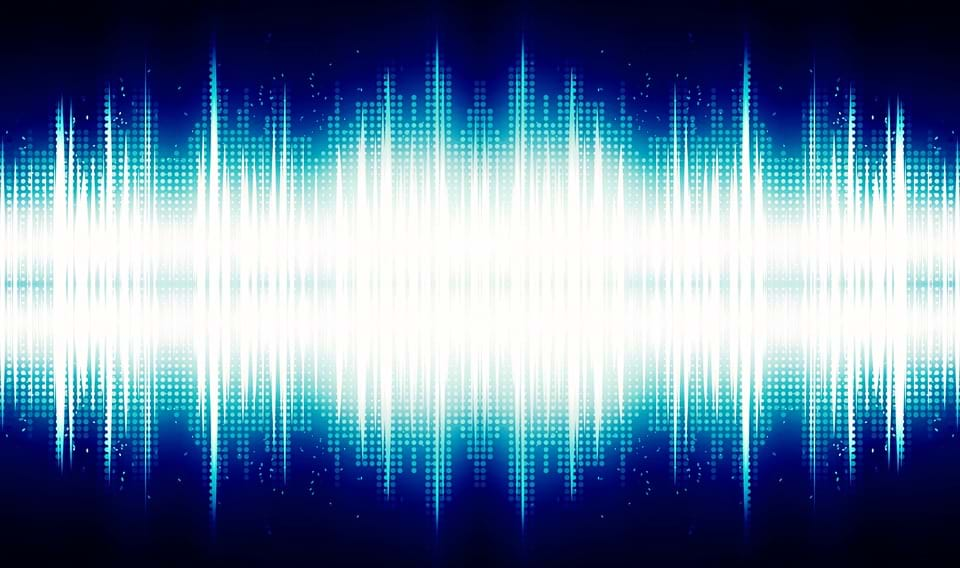
Summary
What are phenomena associated with sound? Sound is a form of energy that is created when an object vibrates and causes the movement of air molecules (sound waves). In this unit, students explore elements of sound—sound waves, pitch, volume, frequency and transmission—with a variety of hands-on activities.Engineering Connection
Many engineering fields apply the principles of sound energy. Biomedical engineers develop ultrasound devices that emit and detect sound waves to quickly and safely produce internal images of healthcare patients. Electrical engineers build antennas that can transmit and receive radio waves. Ships use sonar to safely navigate and detect underwater objects, like reefs and fish. Engineers use instruments that "listen" to ultrasound sound waves to detect minute flaws in materials used to make parts—from bridge bolts to aircraft wings.
Subscribe
Get the inside scoop on all things TeachEngineering such as new site features, curriculum updates, video releases, and more by signing up for our newsletter!Unit Schedule
Suggested activity order:
More Curriculum Like This

Students are introduced to sound energy concepts and how engineers use sound energy. Through hands-on activities and demonstrations, students examine how we know sound exists by listening to and seeing sound waves

Students learn about ultrasound and how it can be used to determine the shapes and contours of unseen objects. Using a one-dimensional ultrasound imaging device (either prepared by the teacher or put together by the students) that incorporates a LEGO® MINDSTORMS® EV3 intelligent brick and ultrasonic...
Copyright
© 2020 by Regents of the University of ColoradoLast modified: December 2, 2020





User Comments & Tips